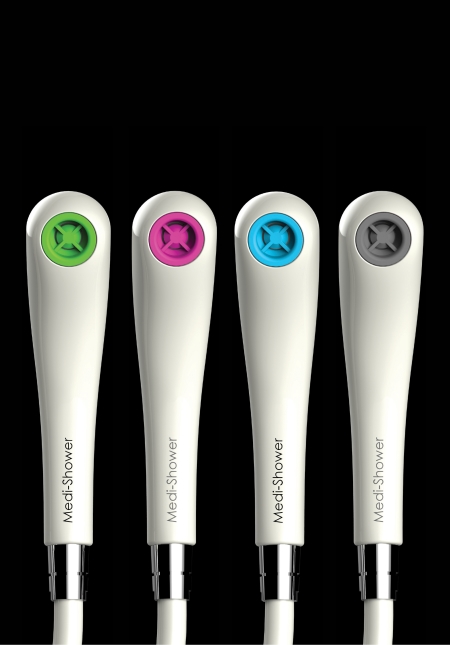Manufacturers and architects are being urged to come to the rescue of estates and facilities teams by helping to design improved door and washroom solutions.
Speaking at the IHEEM National Conference in Manchester earlier this week, Mike Hobbs, managing director of Carillion, said blocked drains and damaged doors were the bane of estates and facilities managers’ lives, but many of the problems can be solved with minor design improvements.
We estimate the cost in hospitals we manage to be in excess of £1m a year, yet it is often accepted as the norm. We just accept that there is a blockage, but we should be looking at how we stop it
Doors top the league table for reactive maintenance, he said, adding: “They take a lot of resources, but many of the problems could be designed out by manufacturers.
“I have stood in a corridor of a hospital and as I look around I can see three different kinds of doors, all with different handles, different security, and all of which open in a different manner. If doors do not perform in the way you expect them to, you will push them hard, resulting in damage. That’s a design opportunity for the future.”
Blocked drains are also a common, and very costly, problem in hospitals and health centres.
In bathrooms, in particular, Hobbs said looking at ergonomics and layout could solve many of the issues.
“Blocked drains are the bane of all our lives,” he told the conference.
“We estimate the cost in hospitals we manage to be in excess of £1m a year, yet it is often accepted as the norm. We just accept that there is a blockage, but we should be looking at how we stop it.”
The offender, in a high number of cases is ‘the humble paper towel’, he revealed.
“Toilet roll holders are hard to use and the paper is not easily dispensed, so people will reach for an alternative – often the paper hand towel,” he said.
Because it is addressing a specific problem in a very clever way, we have seen it being rolled out at a very rapid rate
“If the design of dispensers was better, we might stop this from happening.
“Secondly, you have got to look at the ergonomics of the room. In patient toilets and public toilets it’s amazing how often the paper towel bin is situated as far away as possible from the hand sink, so people will look around for another receptacle, in many cases the toilet.
“Just moving the bin could help, or locating the toilet flush button behind the toilet lid so they have to put the lid down to flush it, taking away the inclination to put the towel down the toilet after they have washed their hands.
“Each blockage has an impact on patient care, so we need to look more closely at the problems and the possible design solutions.”
One example of where technology has helped to solve estates and facilities problems in this way is the introduction of colour-coded showerheads, which ensure equipment is more regularly replaced, helping to reduce the risk of waterborne infections, such as pseudomonas and Legionella.
“That’s a phenomenal piece of technology,” said Hobbs. “Because it is addressing a specific problem in a very clever way, we have seen it being rolled out at a very rapid rate.
Each blockage has an impact on patient care, so we need to look more closely at the problems and the possible design solutions
“In the same way, thermostatic mixer valves are also being more widely introduced as they allow for normal disinfecting without having to take the tap apart. It means this essential work can be carried out in minutes, rather than taking half an hour.
“This sort of technology is becoming increasingly important in hospitals which have a large number of single rooms, each with their own wash basins.”
“I would like to see this sort of innovation in other areas, too."

Products such as Medi-Shower have revolutionised infection control in hospitals by using coloured inserts to alert estates and facilities teams to when shower heads need changing




